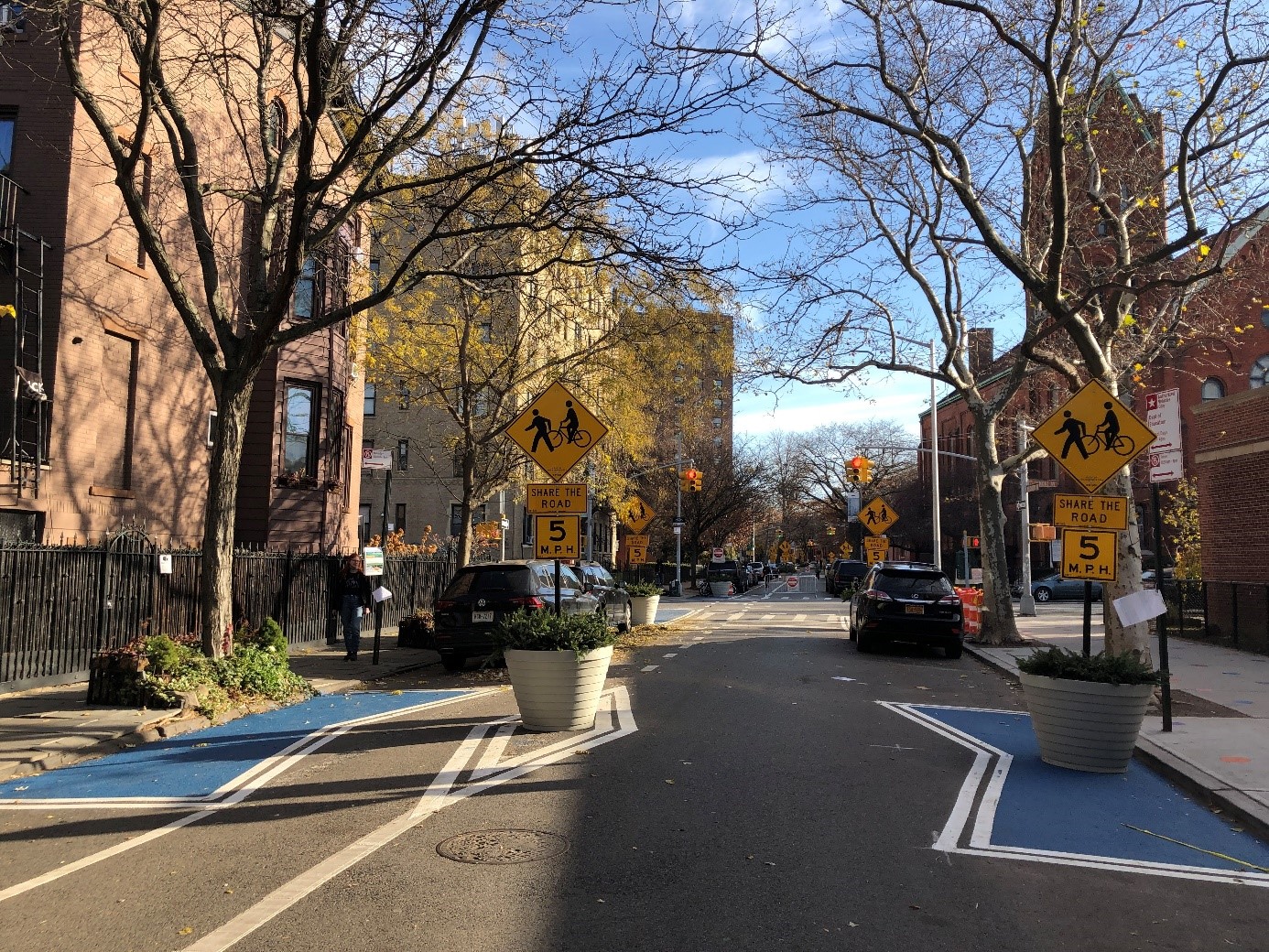From the outset, tactical urbanism has involved the appropriation of public or private outdoor spaces by associations and residents. For example, underused parking spaces, parkland, or sections of streets, etc., were transformed in a simple way, using light materials to test a better use of space. Projects often included recycling existing materials adding seating, or plantings. Sometimes, these transformations were staged as an event, such as PARK(ing) Day1.
A big change occurred when government agencies started to apply this approach to otherwise conventional projects. In North America, it can be said that it was around 2014 that some cities started to take an interest in and mobilise the tools of tactical urbanism in the context of strategic projects. But the bottom-up approach is still seen as the driving force behind the methodology. Today, one of the aims of tactical urbanism is to connect local short-term desires and solutions and transform them into something more sustainable over time and replicable for an entire city or territory. The strategy needs to eventually be developed and owned by local authorities so that the main idea can gain momentum and shift into long-term investment in community spaces.
Therefore, the role of city governments is crucial, as they are the only entities capable of distributing resources and responding to different sites at the same time with equity. Financial and material support, as well as a supportive policy and legal framework, makes the process clear and visible between the different stakeholders, and gives local authorities the permission to act. It also allows partnerships and funding to be put in place between public actors such as city, regional, or national governments, private actors like shop owners, or BIDs2, and the general population, community organizations and NGOs.





